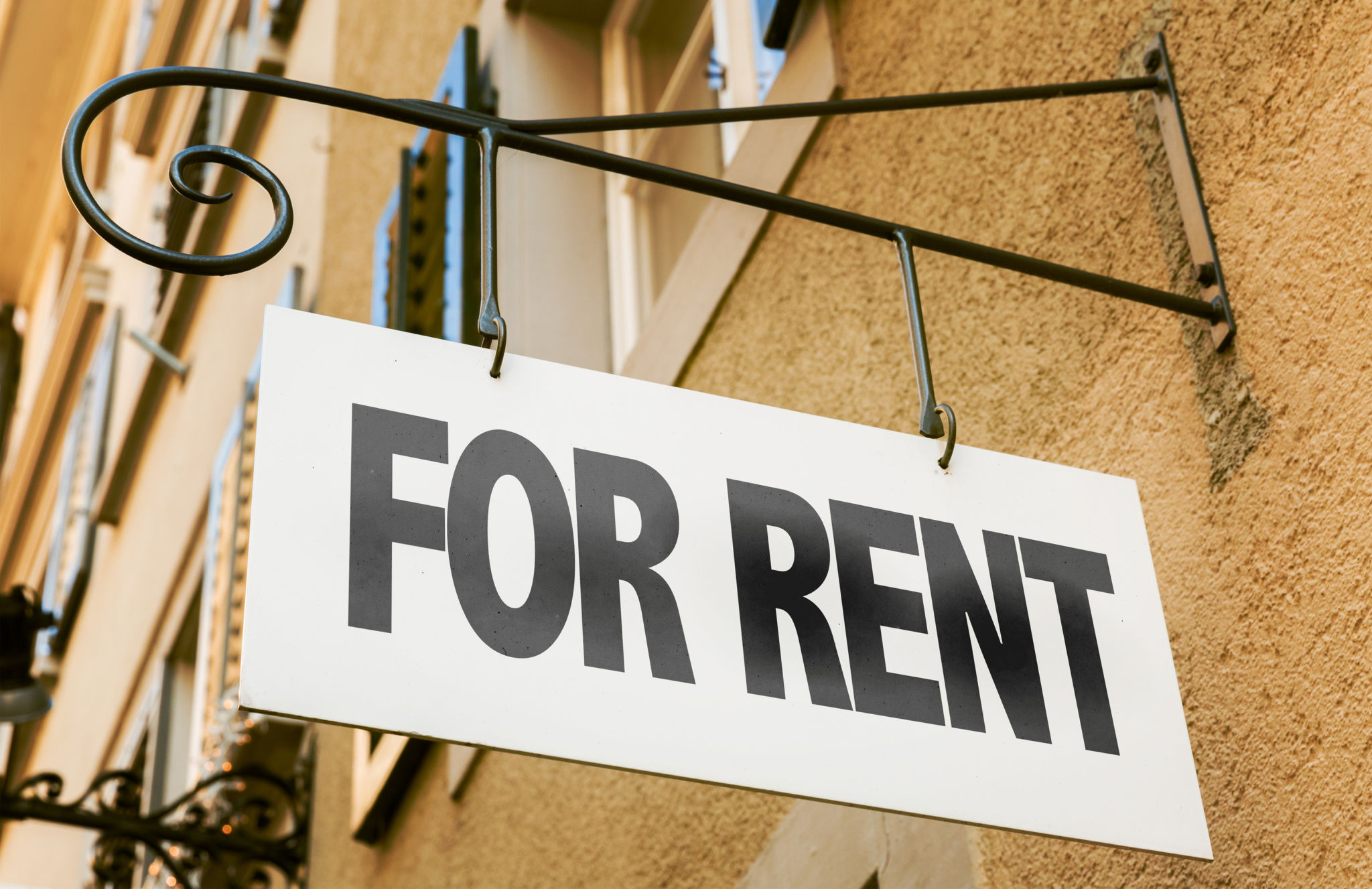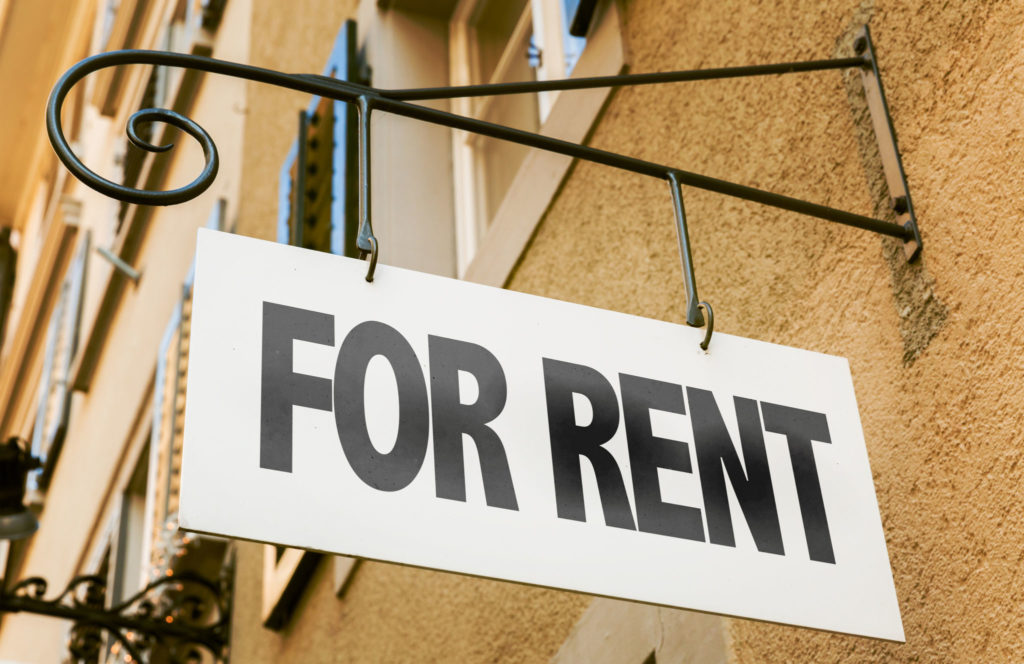Landlords are a bit like dentists; folks typically try to avoid them as much as possible. But, it’s the dentist and the investment property owner who have the last laugh, all the way to the bank. For the latter to actually make bank, however, requires careful planning and a tried-and-true system. We’ll try to help you out with both of those.
Types of residential income property
When you make the decision that you’d like to invest in rental property the next step is to determine what type of property you want. If you’d rather deal with just one tenant then you’ll want to look at single-family homes, townhomes or condos. If you don’t mind dealing with multiple tenants, or hiring someone to do it for you, a multi-unit property, such as a duplex, triplex or apartment building might be for you.
Each has its benefits and drawbacks. While the income for multi-unit properties is typically higher, you will be dealing with multiple tenants (and their multiple problems) which can become a time suck.
Consider the tax benefits of an income property
Tax laws change, so speak with your accountant to find out just what tax benefits you’ll realize. Basic rental investment property-related tax deductions include:
- Interest – Interest deductions include mortgage interest and credit card interest, as long as the card is used solely for your landlord expenses.
- Depreciation – Landlords recover the cost of income-producing property through yearly tax deductions ― deducting some of the cost each year on their tax returns.
- Repairs and maintenance – Deductible expenses include plumbing and other system repairs, replacing a malfunctioning appliance, repairing broken locks and windows and other routine repair and maintenance costs.
- Travel – Travel expenses, both local and long distance, to deal with your income property, are deductible.
- Insurance – The cost of most insurance premiums, including Private Mortgage Insurance are deductible.
- Legal and professional services – Fees paid to an accountant, attorney, investment advisor, property manager and other professionals are operating expenses so they are deductible on your tax return.
Disadvantages to becoming a landlord
The life of a landlord is full of pitfalls that many first-time investors aren’t aware of. These include:
- Operating expenses may take up to 45 percent of your gross rent receipts. This is important information when considering cash flow on a particular property.
- Mortgages for investors typically carry higher interest rates and higher down payment requirements than those for owner-occupied homes
- Although vacancy rates are low now, that may not always be the case. Will you be able to cover the monthly nut during vacancies?
- Evictions are a nasty fact of life for landlords. It’s a lengthy, expensive and emotionally draining process.
- Maintenance emergencies happen and for some reason they tend to occur at the least convenient time.
- It may cost more to insure the property than it would if it were owner-occupied.
What to look for in investment property
That old real estate mantra “location, location, location” matters as much, if not more so, when considering rental property as it does for your personal residence. Tenants initially look at properties in their price range in a preferred location. Then, there are families, who – if they can afford it – prefer to live near the best schools. Your first consideration, then, is to find a property in what tenants consider an attractive location.
If yours will be a vacation rental, think about your ideal tenants and what will appeal to them. Whether they are families or singles, they’ll have their hot buttons, especially when it comes to location and amenities. The tax treatment for vacation rentals is different than for other investment properties so a conversation with your accountant is crucial before deciding on this option.
After you’ve found the right property in the right community, hire a professional home inspector and, if you decide to purchase it, be ready to address the home inspection results to ensure the home is in safe and habitable condition.
Finally, it’s just as important to know when to sell your income property as it is when to buy. When the property costs more money to own than you make from it, sell it. In the meantime, reasonably priced rentals are in short supply, while rents continue rising, so it’s the ideal time to get into the landlord business.



















